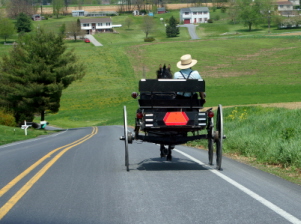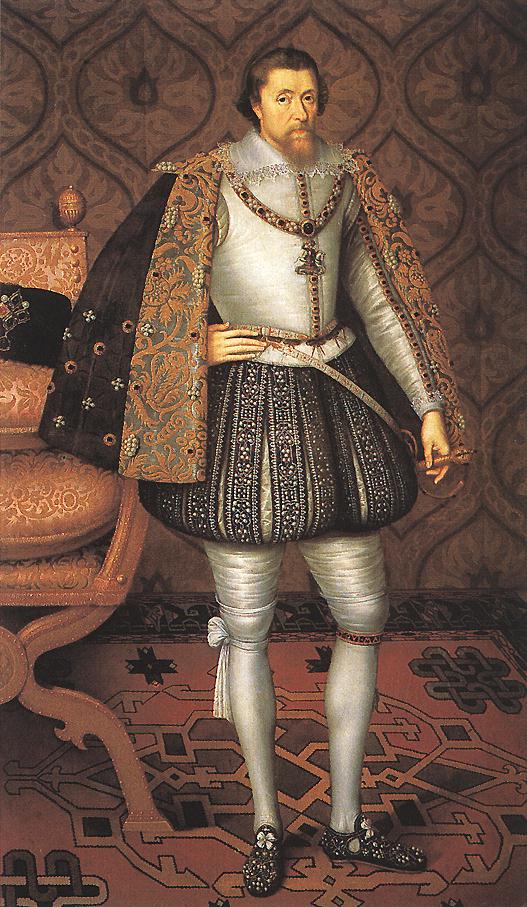Today represents a brief break from genetic genealogy, in a way, but I thought the topic was interesting enough to talk about.

BRCA2 (Breast Cancer Type 2 susceptibility protein) is a tumor suppressor gene involved in the repair of DNA damage.BRCA2 binds to and regulates another protein (the product of the RAD51 gene) to fix DNA breaks caused by any number of factors.BRCA2 was discovered in 1995 by Professor Michael Stratton and Dr. Richard Wooster in cooperation with the Wellcome Trust Sanger Institute.
To date, researchers have identified 450 different mutations in the BRCA2 gene, some of which unfortunately cause an increased risk of cancer.Typically, the mutated gene produces an abnormally short protein that is unable to help the cell fix DNA breaks.Thus, mutations can accumulate and eventually lead to cancer (breast, ovarian, prostate, or pancreatic).

 Yesterday was another big day for genetic genealogy, with two major announcements.First, as I have previously mentioned, Ancestry.com teamed up with Sorenson Genomics to offer DNA testing.The results of that testing can be, at the owner’s discretion, tied into a new DNA database as well as their massive collection of genealogical source materials.Here’s the official announcement from PRNewswire: “
Yesterday was another big day for genetic genealogy, with two major announcements.First, as I have previously mentioned, Ancestry.com teamed up with Sorenson Genomics to offer DNA testing.The results of that testing can be, at the owner’s discretion, tied into a new DNA database as well as their massive collection of genealogical source materials.Here’s the official announcement from PRNewswire: “

